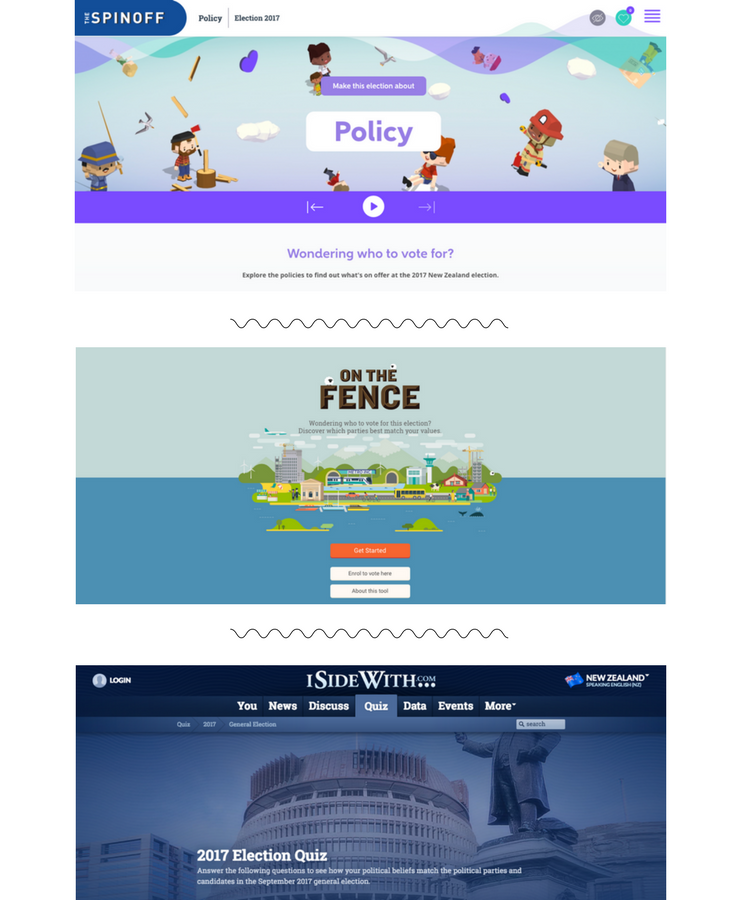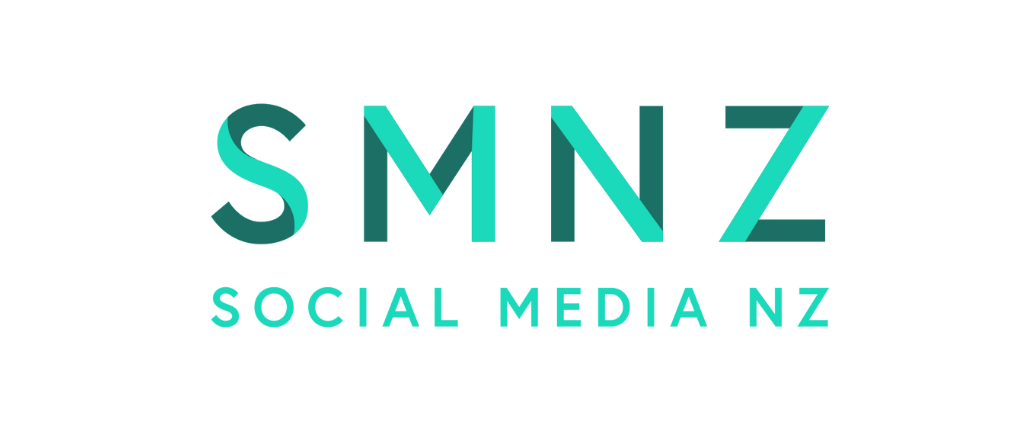Social Media’s impact on the 2017 NZ Election
Advance voting for the 2017 NZ Election began on Monday this week. With more booths available this year and a trending increase in advance voting, chief electoral officer Alicia Wright said they are anticipating advanced votes will make up approximately 50 percent of the votes this election. That being said, it’s important that we all take the time to do our own research before heading to the polling booths, without being fully reliant on what we’ve been observing through social media. What we, as social media users and voters, have to be aware of is targeted content. If you’ve been on Facebook in the past few weeks, I would guarantee that you have seen some type of political content regardless of your interests. However, what you’ve seen will most likely be different to what others have seen, which brings us to the topic of ‘dark advertising’.If you aren’t yet aware of this term, ‘dark’ ads appear like any other typical Facebook post in your feed, containing video, links, imagery or other content, the difference being that they aren’t visible on the advertiser’s own Facebook page. They sound a lot more vicious than what they actually are, and can be particularly useful for targeting a specific audience. In the case of the elections, however, this method of targeting comes into question for its ability to influence votes in a somewhat invisible way. Which makes it important to remember that what we see on Facebook is increasingly shaped by the history of what we have given to the internet, so even if you do not take an interest in politics, politics will take an interest in you.
What we, as social media users and voters, have to be aware of is targeted content. If you’ve been on Facebook in the past few weeks, I would guarantee that you have seen some type of political content regardless of your interests. However, what you’ve seen will most likely be different to what others have seen, which brings us to the topic of ‘dark advertising’.If you aren’t yet aware of this term, ‘dark’ ads appear like any other typical Facebook post in your feed, containing video, links, imagery or other content, the difference being that they aren’t visible on the advertiser’s own Facebook page. They sound a lot more vicious than what they actually are, and can be particularly useful for targeting a specific audience. In the case of the elections, however, this method of targeting comes into question for its ability to influence votes in a somewhat invisible way. Which makes it important to remember that what we see on Facebook is increasingly shaped by the history of what we have given to the internet, so even if you do not take an interest in politics, politics will take an interest in you.  If you’re looking for a succinct way to view the election information to help inform your decision, there are some really great resources out there. Policy is a great option if you have some time to invest. It displays the different policies of each party in relation to Economy, Education, Environment, Equity, Health, Housing, Incomes, Justice, Migration, Te ao Māori, Transport, and gives you the option to like the policies that you agree with. At the end, it collates the information you liked and lays it out so that you can see where you stand. On The Fence is a nice, easy and slightly quicker way to help you decide where you fit using the simple functionality of a slider. The more questions you answer, the more accurate the results that you get are. I Side With is structured more like a survey, where you answer questions with a simple Yes, No, or with an ‘other’ option that is more conditional and as a result you can see what percentage of your answers align with each party. This one is also a little bit of fun if, once you’ve finished, you have a play with the country option the top right of the page and see which parties you align with in other parts of the world!It’s ramping up to be an exciting election and no doubt your feed will continue to be cluttered with election updates and targeted content from different parties. As always, take everything you read with a grain of salt, and do your homework before you head out to vote!
If you’re looking for a succinct way to view the election information to help inform your decision, there are some really great resources out there. Policy is a great option if you have some time to invest. It displays the different policies of each party in relation to Economy, Education, Environment, Equity, Health, Housing, Incomes, Justice, Migration, Te ao Māori, Transport, and gives you the option to like the policies that you agree with. At the end, it collates the information you liked and lays it out so that you can see where you stand. On The Fence is a nice, easy and slightly quicker way to help you decide where you fit using the simple functionality of a slider. The more questions you answer, the more accurate the results that you get are. I Side With is structured more like a survey, where you answer questions with a simple Yes, No, or with an ‘other’ option that is more conditional and as a result you can see what percentage of your answers align with each party. This one is also a little bit of fun if, once you’ve finished, you have a play with the country option the top right of the page and see which parties you align with in other parts of the world!It’s ramping up to be an exciting election and no doubt your feed will continue to be cluttered with election updates and targeted content from different parties. As always, take everything you read with a grain of salt, and do your homework before you head out to vote!

